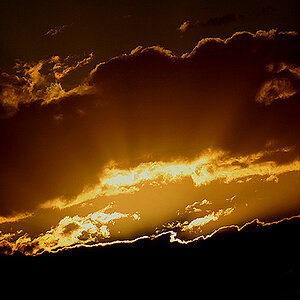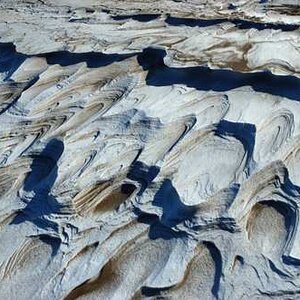Stillwater
TPF Noob!
- Joined
- Aug 21, 2007
- Messages
- 197
- Reaction score
- 0
- Location
- Denva, CO
- Can others edit my Photos
- Photos OK to edit
So after seeing the pinhole pictures posted by fstop23 earlier today, I'm hooked. I've been researching them all day, and am planning to make one tonight after I get off work. But I have a question about the films i could use in a pinhole camera, or what I could possibly use.. I shoot 35mm film, but I'm a poor college student and its getting expensive. I don't have the equipment to develop film myself, so what kind of film could I use that wouldn't require developing (if possible) or very little to none. Could I throw a polaroid in there? If so, how would I keep it from exposing when I removed it later?


![[No title]](/data/xfmg/thumbnail/39/39439-d0a6beaaf39993860b74ccbd81fdd122.jpg?1619739032)

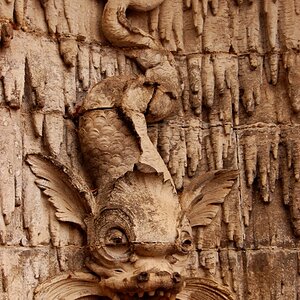
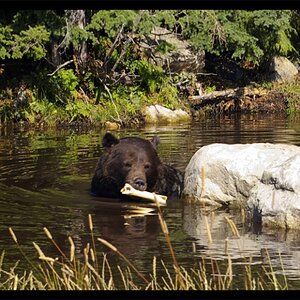

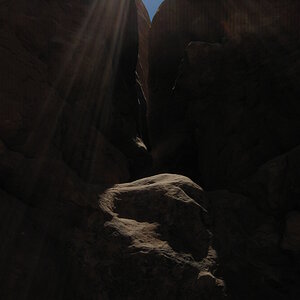
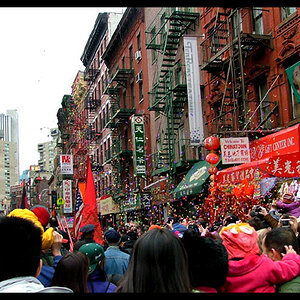

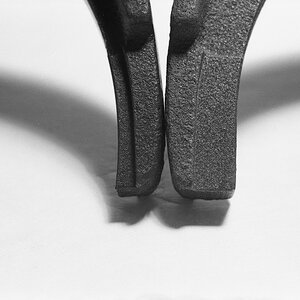
![[No title]](/data/xfmg/thumbnail/41/41922-e7a483d91c9d307d9bb8d6143d03889b.jpg?1619739944)
